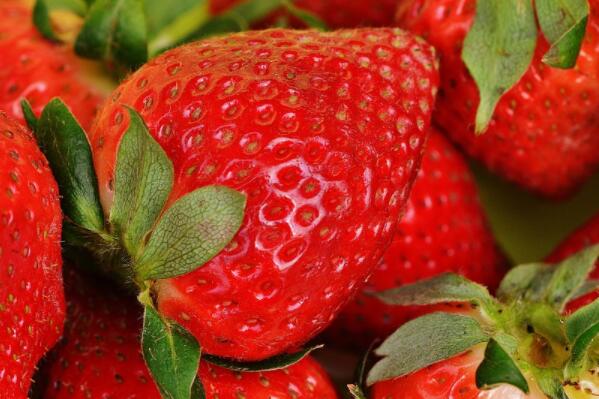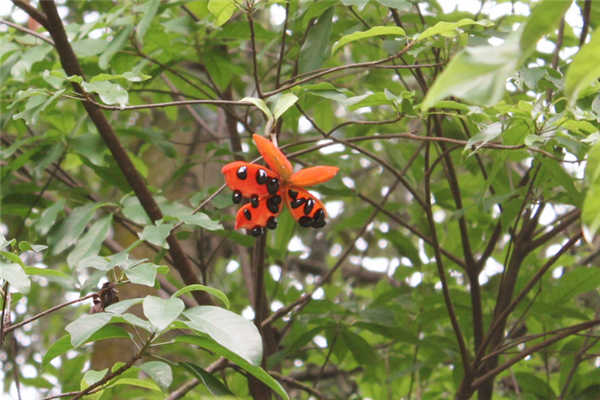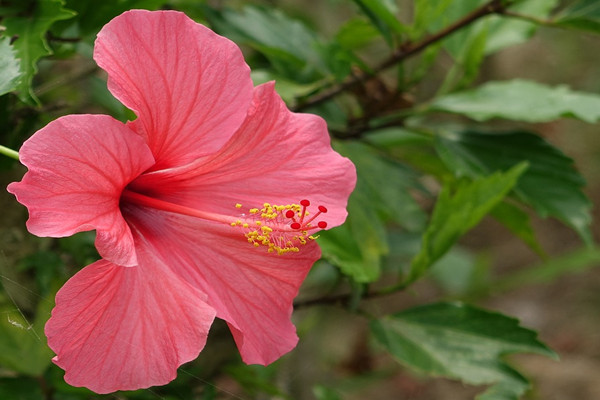Planting experience: how to transplant strawberries in winter? How to apply fertilizer before and after transplanting? You'll know after reading it!
For strawberry growers, how to transplant strawberries in winter to improve their survival rate, and how to apply fertilizer before and after transplanting? But it's a very important question! So here are some tips and tricks!

First, how to apply fertilizer before transplanting:
The soil was deeply ploughed before transplanting, and 15 kg of diammonium phosphate and 10 kg of potassium sulfate were applied in the process of transplanting. As strawberries are exuberant in the early growth stage, and the reproductive growth is too slow, it is very important to rationally allocate the use of nitrogen and phosphorus. Finally, the soil should be raked fine to prepare for ridges.
After transplanting, how to improve the survival rate and cooperate with fertilization?
If you want to improve the survival rate, you have to: 1. Control temperature and humidity: film mulching began at the beginning of November. When the temperature dropped to 5 ℃ at night, buckle sheds should be added in the greenhouse. When the minimum temperature at night is below 0 ℃, a small ring shed should be added to the strawberry ridge.
2. Film mulching to restrain weeds: after completing the work of weeding and loosening the soil, bacon and seedling replenishment, it is necessary to lay black plastic film on the ridge plants, which can not only maintain soil moisture, inhibit the breeding of weeds, but also reduce the air temperature in the greenhouse. cut off the contact between strawberry fruit and soil to reduce diseases, keep the fruit bright, clean and hygienic.
Laying method: cover the black plastic film on the ridge plant, tear a small hole in the plastic film, then carefully take out the leaves, and be sure to expose the central leaves of the seedlings.
3. Finishing plants: the growth of strawberries in greenhouse is accelerated after heat preservation, and a large number of tillers and stolons should be germinated. These tillers and stolons should be removed in time to increase the leaf area of the main stem and promote the timely germination of terminal flower buds and the emergence of robust terminal inflorescences. blossom early. Generally, a strawberry plant retains at most two more robust tillers, and removes the old, senile and diseased leaves in time.
4. Thinning of buds and flowers: strawberries are numerous inflorescences and have many flowers. the development and opening process of these flowers will consume a lot of nutrients, especially for higher-grade flowers, even if they set fruit, the fruit is of poor quality and has no economic value, so they should be thinned as soon as possible. Generally speaking, this work can be carried out after flowering. Mainly leave 1, 2, 3 flowers, remove 4, 5 flower buds, frozen flowers and seriously deformed fruits. Generally, there are 7 fruits left in the apical inflorescence of each strawberry, and the amount of fruit retained in each inflorescence depends on the growth and harvest. In short, there should be no more than 15 fruits before and after birth at the same time. Combined with the work of thinning buds and flowers, the old leaves and peduncles are removed at any time.
5. Fertilization management after transplanting:
The main results are as follows: (1) one week after strawberry transplanting, various fertilizers such as potassium nitrate, potassium dihydrogen phosphate, magnesium sulfate and zinc sulfate should be sprayed many times. At the beginning of October, urea and potassium dihydrogen phosphate should be applied to it, and a small amount of more application should be adopted according to the growth of strawberries.
(2) in early November, gibberellin was sprayed in the period of sufficient sunshine and high temperature, so as to effectively break the sleeping period of strawberries and promote flowering. In the emergence of flower buds, boric acid and other trace elements should be sprayed in time, and reasonable fertilization should be carried out according to the growth status of strawberries to reduce the probability of abnormal fruit. Foliar fertilizer containing stevioside should be applied three times in the first two weeks of picking. The main function of stevioside is to increase the sugar content of berries and regulate the sweet-sour ratio of strawberries.
(3) during the whole growth process, strawberry should be sprayed with liquid silicon fertilizer to promote the growth of plant and fruit cell wall, increase the thickness of leaves, improve the fruiting degree of berries, and play an important role in the transportation and preservation of fruits after harvest.
Time: 2019-04-11 Click:
- Prev

How to grow sterculia? When is it ripe for harvest?
Sterculia chinensis is a common garden tree and street tree in the south of Guangdong Province with dense crown, evergreen leaves and beautiful tree shape. Its fruit has a high edible value, can be steamed, boiled, appropriate roast, molasses and braised, deeply loved. so
- Next

When is it better for Fusang to be grafted? How to carry out grafting?
Fusang is also known as hibiscus, hibiscus and Chinese rose. The flowers are large and colorful and bloom all the year round. They are planted all over the world, especially in the tropics and subtropics. Among them, grafting is an important way of reproduction, so when is it better for Fusang to be grafted? How to carry out grafting? According to Uncle Li, the garden administrator,
Related
- Fuxing push coffee new agricultural production and marketing class: lack of small-scale processing plants
- Jujube rice field leisure farm deep ploughing Yilan for five years to create a space for organic food and play
- Nongyu Farm-A trial of organic papaya for brave women with advanced technology
- Four points for attention in the prevention and control of diseases and insect pests of edible fungi
- How to add nutrient solution to Edible Fungi
- Is there any good way to control edible fungus mites?
- Open Inoculation Technology of Edible Fungi
- Is there any clever way to use fertilizer for edible fungus in winter?
- What agents are used to kill the pathogens of edible fungi in the mushroom shed?
- Rapid drying of Edible Fungi

